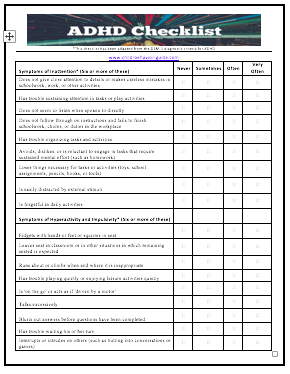Exercise as a Tool for Managing ADHD
Attention deficit hyperactivity disorder (ADHD) is a neurodevelopmental disorder characterized by persistent patterns of inattention, impulsivity, and hyperactivity. ADHD affects children and adults, and it can have a significant impact on daily functioning and overall quality of life. While there are various treatment options for managing ADHD, exercise has emerged as a powerful tool for alleviating symptoms and improving cognitive function.
The Link Between Exercise and ADHD
Research has consistently shown that regular physical activity positively influences brain function, particularly in individuals with ADHD. Exercise has been found to increase dopamine and norepinephrine levels in the brain, neurotransmitters that play a crucial role in attention and focus. These neurotransmitters are often imbalanced in individuals with ADHD, leading to symptoms such as distractibility and impulsivity.
Engaging in aerobic exercises, such as running, swimming, or cycling, triggers the release of these neurotransmitters and helps restore their balance. This, in turn, can improve attention span, reduce hyperactivity, and enhance impulse control in individuals with ADHD.
The Cognitive Benefits of Exercise
Exercise not only affects neurotransmitters but also has numerous cognitive benefits for individuals with ADHD. A study published in the Journal of Attention Disorders found that just 26 minutes of physical activity can improve executive functions, such as working memory, cognitive flexibility, and inhibitory control, in children with ADHD. These executive functions are essential for regulating behavior, making decisions, and achieving academic success.
Regular exercise has also been linked to improvements in overall mood and reduction in anxiety and depression symptoms, commonly associated with ADHD. Exercise stimulates the release of endorphins, also known as “feel-good” hormones, which help elevate mood and reduce stress levels. By promoting mental well-being, exercise can indirectly alleviate some of the emotional challenges associated with ADHD.
Choosing the Right Exercise
When it comes to managing ADHD through exercise, it’s important to choose activities that are enjoyable and sustainable. The key is to engage in aerobic exercises that raise the heart rate and maintain intensity for an extended period. Examples of such activities include:
Running or jogging
Swimming
Cycling
Dancing
Jumping rope
It’s essential to find an exercise routine that fits an individual’s preferences and interests. This increases the likelihood of adherence and long-term benefits.
Incorporating Exercise into Daily Life
Integrating exercise into daily life can be challenging, especially for individuals with ADHD, who often struggle with structure and organization. However, with a few strategies in place, it is possible to make exercise a regular and enjoyable part of daily routines:
Schedule it: Set aside specific times for exercise in your daily schedule. Treat it as an important appointment that cannot be missed.
Break it down: Start with shorter exercise sessions and gradually increase the duration and intensity. Breaking it down into manageable chunks makes it less overwhelming.
Find a buddy: Exercising with a friend or joining a group can make it more enjoyable and increase accountability.
Make it fun: Incorporate activities that are enjoyable, such as dancing, playing a sport, or hiking, to make exercise more engaging.
Set goals: Set realistic goals and track progress to stay motivated. Celebrate small achievements as they occur.
A Complementary Strategy, Not a Sole Solution
While exercise can be a valuable tool in managing ADHD symptoms, it is essential to recognize that it is not a standalone solution. For individuals with ADHD, a comprehensive treatment plan that combines exercise with other strategies, such as medication, therapy, and organizational techniques, might be most effective. It is crucial to consult with healthcare professionals to develop a personalized plan tailored to each individual’s unique needs.
Conclusion
Incorporating regular exercise into the daily routine can significantly benefit individuals with ADHD. Exercise has been shown to improve attention, focus, mood, and executive functions, making it a valuable tool in managing symptoms and enhancing overall well-being. By understanding the link between exercise and ADHD and implementing strategies to make exercise enjoyable and sustainable, individuals with ADHD can harness the power of physical activity to lead more fulfilling lives.


